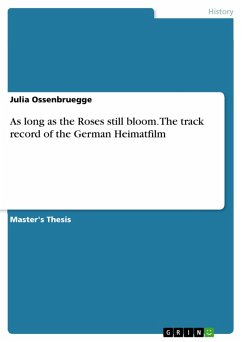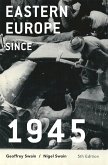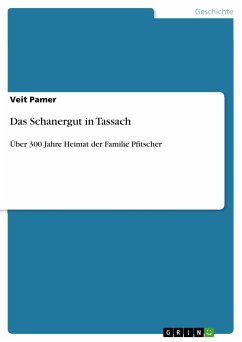Master's Thesis from the year 2008 in the subject History of Germany - Modern History, University of Newcastle upon Tyne (School of History, Classics and Archaeology), course: MLitt History, language: English, abstract: Several historians and film scholars have dealt with the German Heimatfilm. They mainly concentrated on the films' reception in the 1950s, when they served as a form of distraction from reality. Large audience figures were attracted to go to the movies to see peaceful villages, mountains, lakes or woods. The reasons for the genre's success were revealed by several researchers. But, when switching on television today, it becomes clear that the phenomenon of Heimat is still of remarkable impact. The old classical Heimatfilme from the 1950s are frequently repeated. Furthermore, fairly recent productions can be found as well as contemporary TV-series which follow a similar pattern. To underline this phenomenon and its development TV-guides from the years 1991 and 2007 are taken into account to analyse the frequency of Heimatfilme on German television. The thesis also contains a case study of the outstandingly famous Immenhof-trilogy in order to reveal the values that are transported through the genre. For different reasons, the films managed to survive sixty years and, even though they are not shown in cinemas any more, they nevertheless survived on TV and regularly achieve high market shares. Although Germany is not lying in ruins and is not suffering from a devastating war, there still seems to be a longing for distraction nowadays. Globalisation, alienation and modernisation are only some reasons that reinforce a glorification of rural areas and the 1950s. The foundation myth, the economic 'miracle' and the so-called 'zero hour' in 1945 have further increased the popularity of the decade. In this sense, the films are also analysed according to the way they project German self-perception and how they are coming to terms with the nation's past.
Dieser Download kann aus rechtlichen Gründen nur mit Rechnungsadresse in A, B, BG, CY, CZ, D, DK, EW, E, FIN, F, GR, HR, H, IRL, I, LT, L, LR, M, NL, PL, P, R, S, SLO, SK ausgeliefert werden.









